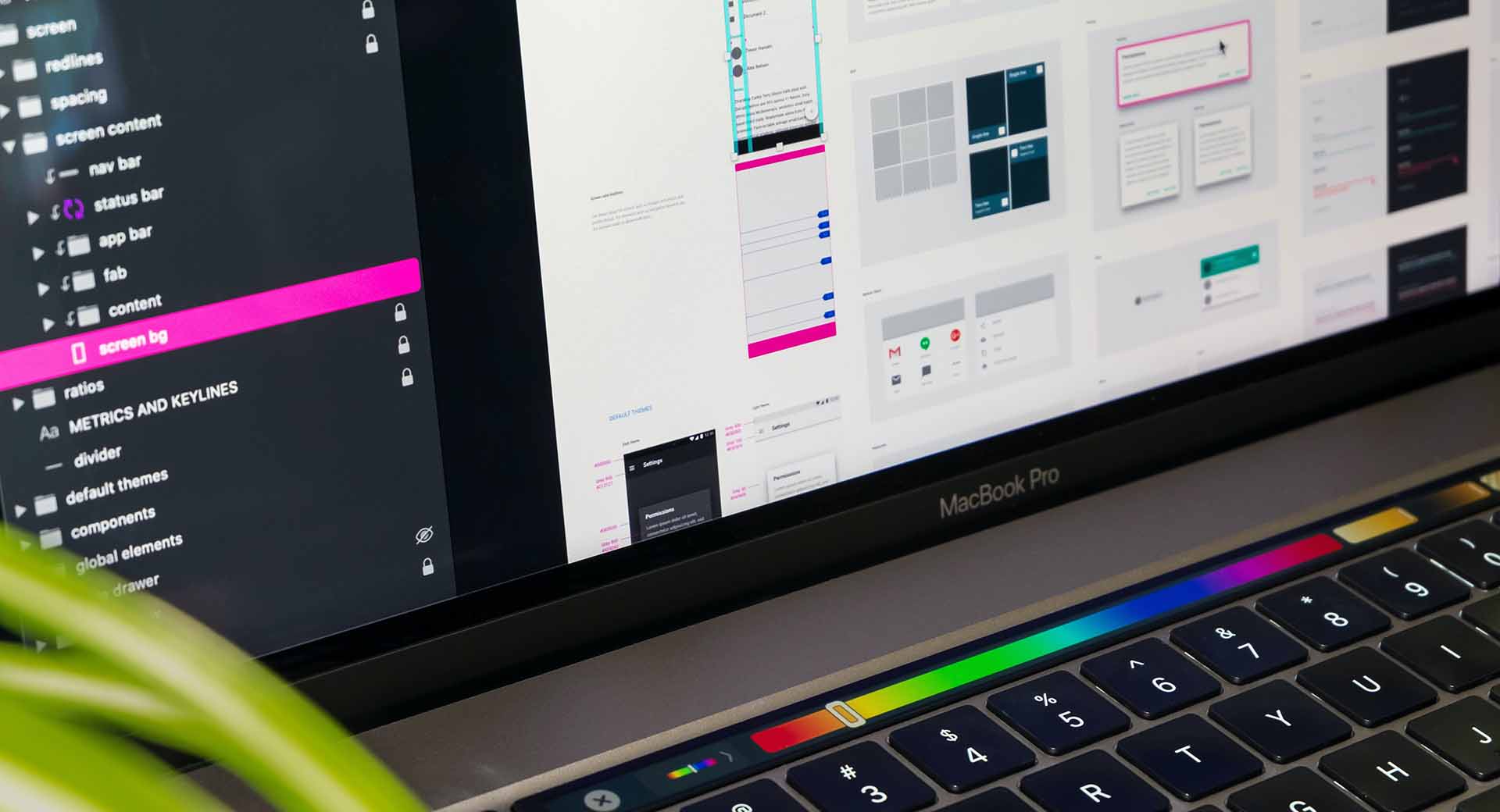Design and user experience (UX) confluence is critical in today’s digital landscape. While captivating aesthetics draw users in, the true power of design lies in its dual role in UI (User Interface) and UX. This article delves into how thoughtful design, encompassing functionality, usability, emotional resonance, and accessibility, shapes exceptional online user experiences.
Functionality: The core of UI and UX
Functionality is the bedrock of outstanding UI and UX design. It encompasses the practical elements of a website or app, ensuring they fulfil their intended roles effectively. A well-designed site should be visually appealing, load swiftly, boast a clear navigational framework and feature user-friendly interfaces. The emphasis on functionality is pivotal for user retention, as cumbersome or slow sites will likely repel visitors.
Consider e-commerce platforms, where design prioritises easing the shopping journey. Elements like prominent search bars, well-defined product categories, and a seamless checkout process represent more than aesthetic choices; they are functional imperatives that enhance the overall shopping experience.
Usability: The intuitive touch
Usability, intrinsically linked with functionality, zeroes in on the user’s interaction with the design. It’s about crafting sites and applications that are straightforward and understandable. This means guiding users through content or tasks in a logical, unconfusing manner.
Consistency in design elements such as button styles, colour palettes, and typography fosters familiarity, simplifying site navigation and interaction. The ‘mobile-first’ approach is also crucial, prioritising mobile user experience in an increasingly smartphone-dominated world.
Emotional connection: The UI and UX bond
Emotional design is about forging a bond with the user, transcending the visual aspect to touch upon how the design feels. This is achieved using colours, images, and language that evoke certain emotions or associations. For example, vibrant colours can instil excitement, while a minimalist design can exude sophistication and trust.
Storytelling in design, weaving narratives into the user experience, captivates users more deeply, rendering the experience more memorable and personalised.
Accessibility: Design for all
Accessibility in design ensures that online experiences are inclusive, catering to people with a range of abilities and disabilities. This includes designing for visual, auditory, motor, and cognitive impairments. Accessible design involves creating content that can be easily navigated and understood by everyone, including those who use assistive technologies like screen readers.
Key aspects of accessible design include:
- The use of alt text for images.
- Ensuring sufficient colour contrast.
- Providing keyboard navigation.
- Creating clear and concise content.
An accessible design broadens your audience and demonstrates a commitment to social responsibility.
Conclusion
Aesthetics are just the beginning when designing for digital. A powerful tool in shaping UX, design integrates functionality, usability, emotional connection, and accessibility, crafting an environment that’s visually pleasing, intuitive, inclusive, and engaging.
As technology and user expectations evolve, the importance of UI and UX in design will only amplify. Understanding and implementing these principles allows designers and businesses to create online experiences that attract users and keep them engaged and satisfied.
Interested in exploring how UI/UX design can transform your project? Get in touch with us to start a conversation.



